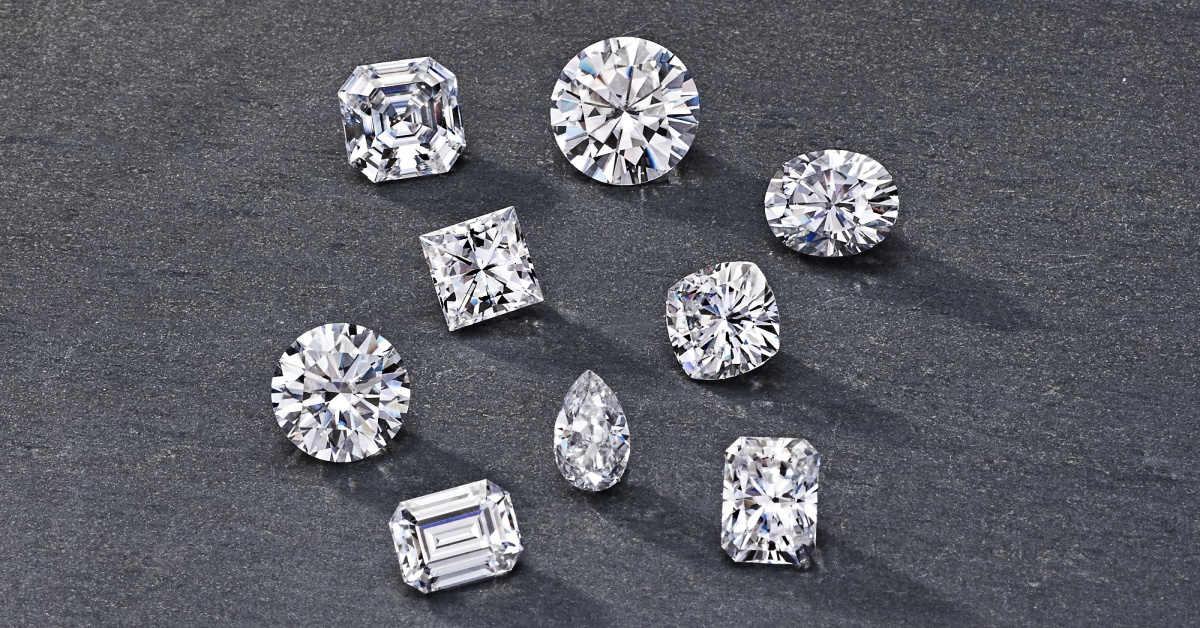Selecting the right ring size is crucial to ensure a comfortable and secure fit. Whether you’re buying a ring for yourself or as a gift, understanding how to read and use a ring size chart can help you make the best choice. This guide explores the essentials of ring size charts, how to measure your ring size, and tips for finding the perfect fit.
Why Knowing Your Ring Size Matters
Choosing the correct ring size is essential for both comfort and practicality. A ring that is too tight can be uncomfortable and difficult to remove, while a ring that is too loose may slip off easily. Accurate sizing ensures that your ring will fit perfectly, reducing the need for resizing and ensuring that you can enjoy your jewelry without worry.
How to Read a Ring Size Chart
A ring size chart provides a visual guide to help you determine your ring size based on various measurements. Here’s how to use one:
- Measurement Units: Ring size charts typically use two main units of measurement: millimeters (mm) and numerical sizes (e.g., 6, 7, 8). Make sure to understand the unit of measurement used in the chart you’re referring to.
- Circumference and Diameter: Some charts show the ring size based on the circumference (the distance around the inside of the ring) or diameter (the distance across the center of the ring). Measure your finger and compare it to the chart to find your size.
- International Sizes: If you’re shopping internationally, be aware that ring sizes can vary between countries. Many charts include a conversion table for different international sizing systems, such as US, UK, European, and Japanese sizes.
How to Measure Your Ring Size
Accurate measurement is key to finding the right ring size. Follow these steps to measure your ring size at home:
- Use a Ring Size Tool: You can purchase a ring sizer or use a printable ring size chart from a reputable jewelry website.
- Measure Your Finger: Wrap a piece of string or a paper strip around the base of your finger, marking where it overlaps. Measure the length of the string or strip with a ruler to find your finger’s circumference.
- Find Your Size on the Chart: Compare your measurement to the ring size chart to determine your ring size. If your measurement falls between two sizes, it’s generally best to choose the larger size for comfort.
Tips for Accurate Ring Sizing
- Measure at the Right Time: Fingers can fluctuate in size due to factors like temperature and time of day. For the most accurate measurement, measure your finger at the end of the day when it is likely to be at its largest.
- Consider Ring Width: Wider bands may feel tighter than narrower ones. If you’re choosing a wide band, consider sizing up by half a size to ensure comfort.
- Check the Fit: If possible, try on rings of similar styles and widths to get a sense of how they fit. This can help you make a more informed decision.
Common Ring Size Chart Sizes
Here is a typical ring size chart for reference:
| US Size | UK Size | European Size | Diameter (mm) | Circumference (mm) |
|---|---|---|---|---|
| 5 | J 1/2 | 49 | 15.7 | 49.3 |
| 6 | M 1/2 | 51 | 16.5 | 51.5 |
| 7 | O 1/2 | 53 | 17.3 | 53.7 |
| 8 | Q 1/2 | 55 | 18.1 | 55.9 |
| 9 | S 1/2 | 57 | 18.9 | 58.1 |
Ring Sizing for Different Types of Rings
Different types of rings may require different sizing considerations:
- Engagement Rings: Ensure the ring fits comfortably over the knuckle but isn’t too loose. Since engagement rings are often worn daily, getting the size right is especially important.
- Wedding Bands: Wedding bands are usually worn alongside an engagement ring, so they should fit snugly but comfortably. Consider how the wedding band will sit with the engagement ring when sizing.
- Statement Rings: For larger or more elaborate statement lab grown diamonds, you may need to adjust the size slightly for comfort. A good fit ensures that the ring remains secure without being too tight.
Conclusion: Finding the Perfect Ring Size
Using a ring size chart effectively ensures that you find a ring that fits perfectly and feels comfortable. By measuring accurately and considering factors like ring width and type, you can select a size that suits your needs and preferences. Whether you’re buying a ring for yourself or as a gift, taking the time to understand and use a ring size chart will help you make a confident and informed decision.


